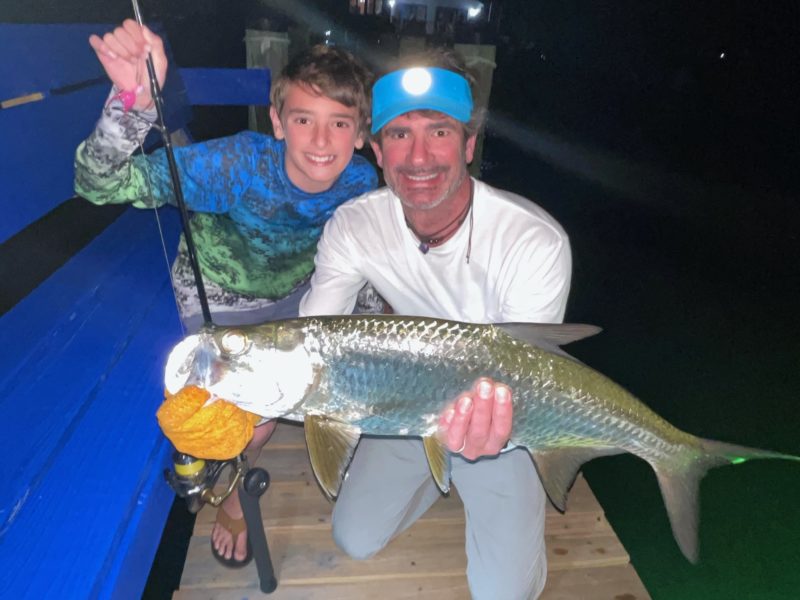

For a few moments there on Friday, spring sprung — or sprang?
Somewhere on the East End on Friday, a striped bass rose up in the water column and felt the slightest warmth on its scales, and probably gulped down a couple silversides doing the same thing.
I feel bad that when I met an elderly couple not at all familiar with our waters preparing quite enthusiastically to begin casting a Hopkins and a Creek Chub popper into the waters of Three Mile Harbor, I told them their efforts were unlikely to produce fruits. I saw them in Damarks just a short time later and regretted having spoken up, though I did tell them that perhaps a box of sandworts from Ms. Sam’s Tackle on April 1 would possibly produce a flounder.
March 15 and November 1 are the two darkest dates on the calendar of the East End’s sportsmen — for the past they remind us of. These days are like the anniversary of the death of a loved one, or of a great historical figure, but without the lessons we may still glean from their having once existed.
November 1, of course, used to be — well, it still is, technically, but few have any reason to pay it heed anymore — the start of the pheasant season on Long Island. Warm early fall days spent beating a field of wild brush to flush pheasants was one of the great pastimes I’ve ever known.
And March 15 used to be the official end of the winter off season for fishermen. Many people looked forward to the start of flounder season more than any other opener for the year, both for the sake of shaking off the cabin fever on the banks of the Shinnecock Canal or the Montauk docks, as well as for the mouth-watering thoughts of fried flounder lunches soon to come.
Flounder season will open this year on April 1, sure enough, but scoffs are all you would hear from most anyone you asked where to try your luck.
Pheasant hunting will certainly never return to the South Fork because the fields we used to patrol are now vanished beneath manicured lawns and McMansions — the fall of my senior year in high school, our favorite march was through the field that is now Ira Rennert’s 60-something acre estate and obnoxiously sized house.
But there is still a glimmer of hope that someday the flounder will return. Nobody seems quite sure of what caused their precipitous decline, and therefore what might speed their return. All we know is that anglers are certainly not keeping that good fish down.
If you go to down to the docks, wherever you are, catch ’em up. See you out there.
A few weeks ago, I pleaded with anglers to please share their reflections on the striped bass fishery with the Atlantic States Marine Fisheries Commission, as they work on finalizing the latest addendum to the striper management plan, to guide striped bass management in the coming decade.
If you did so, great, thank you. If you did not, you’re in luck! You’re in luck because there is still time to do so and now the American Saltwater Guides Association is offering a little incentive to weigh in. In conjunction with spectacular Saltwater Edge tackle shop up in Rhode Island, they are holding a raffle and all you have to do to enter is … you guessed it … offer your comments to the ASMFC on striped bass Addendum 7!
It’s as easy as: email your comments to comments@asmfc.org and stick stripercomments@gmail.com in CC line. Voila, you are entered to win whatever the almost certainly great raffle goodies SWE will offer up.
Since you are taking the time, please also stick the emails of our state Striped Bass Board members in the CC line as well. They are: ECH12@CORNELL.EDU; MAUREEN.DAVIDSON@DEC.NY.GOV; KAMINSKY@NYSENATE.GOV; JAMES.GILMORE@DEC.NY.GOV.
Do you think the stock is woefully diminished from what it was just a handful of years ago, or do you think it’s robust and productive for fishermen? Do you think fisheries limits should allow the most fish that can be taken by anglers without depleting the stock or should the fishery be managed for a much larger stock with more controlled angler take? Regardless of what your thinking, your comments are important.
Starting April 1, the U.S. Coast Guard will require that anyone operating a boat under 26 feet that has an installed engine cut-off switch to be wearing the safety device.
In 2018, Congress enacted a new rule that boats under 26 feet built after January 2020 have either a static line or electronic engine cut-off either at the helm or on the tiller of an outboard motor, like those that have long been common on jet skis and small outboards.
Starting this year, if you have such a device, the Coast Guard says you must be wearing it anytime your boat is up on plane, and they can issue a citation if you are not.
Sure, it’s common sense, but sometimes we have to be told that we have to wear the seatbelt before we actually put it on.
 More Posts from Michael Wright
More Posts from Michael Wright